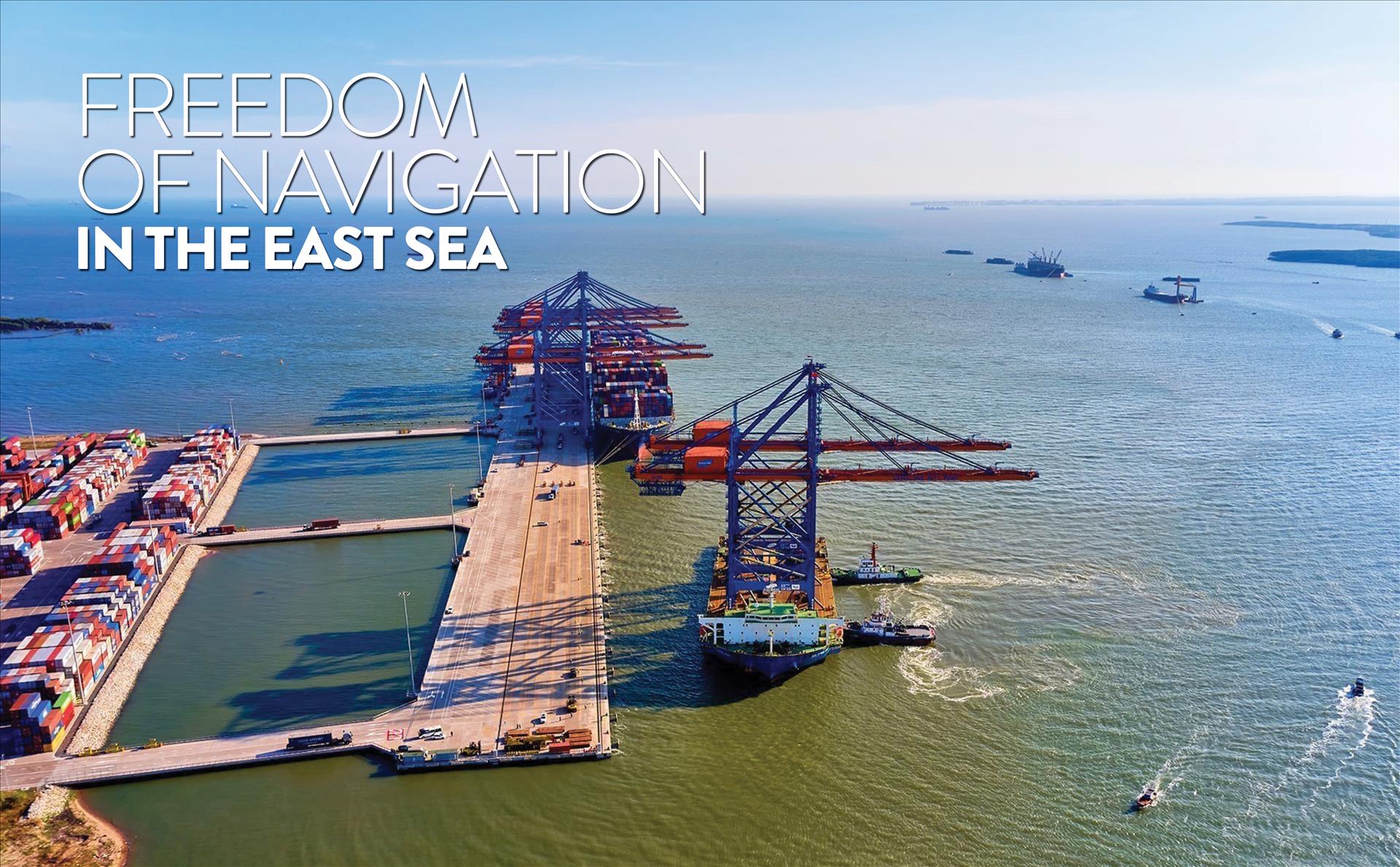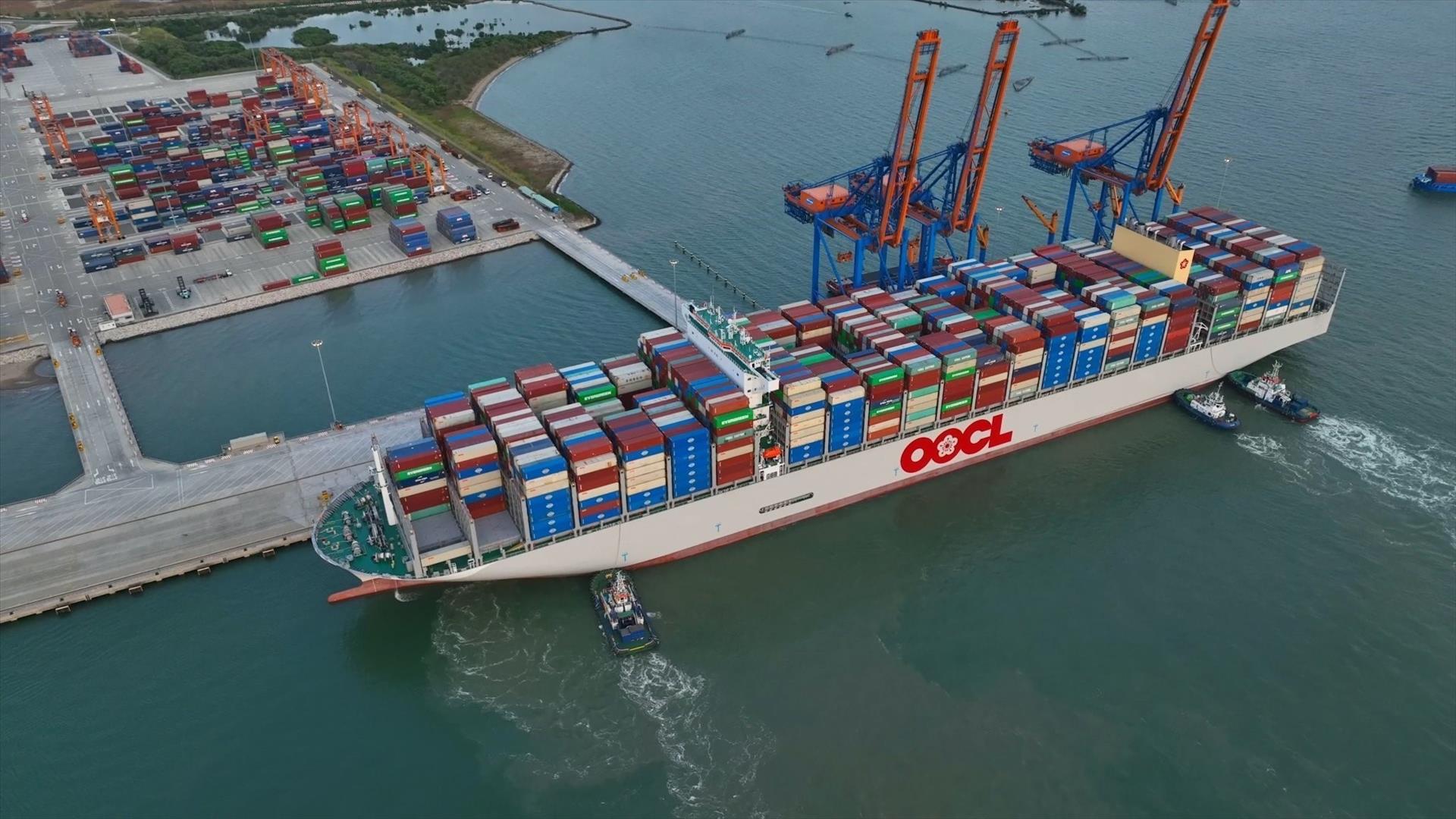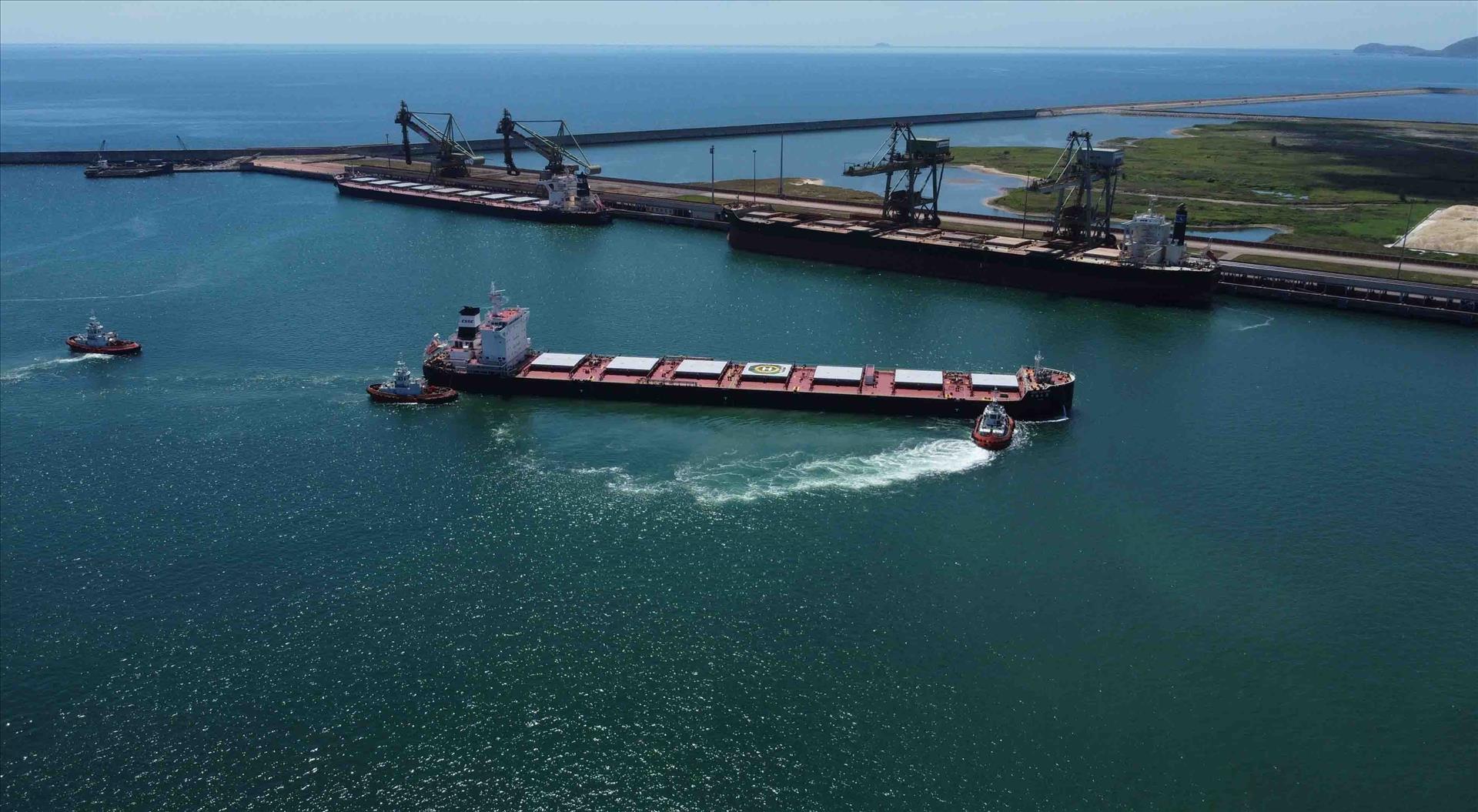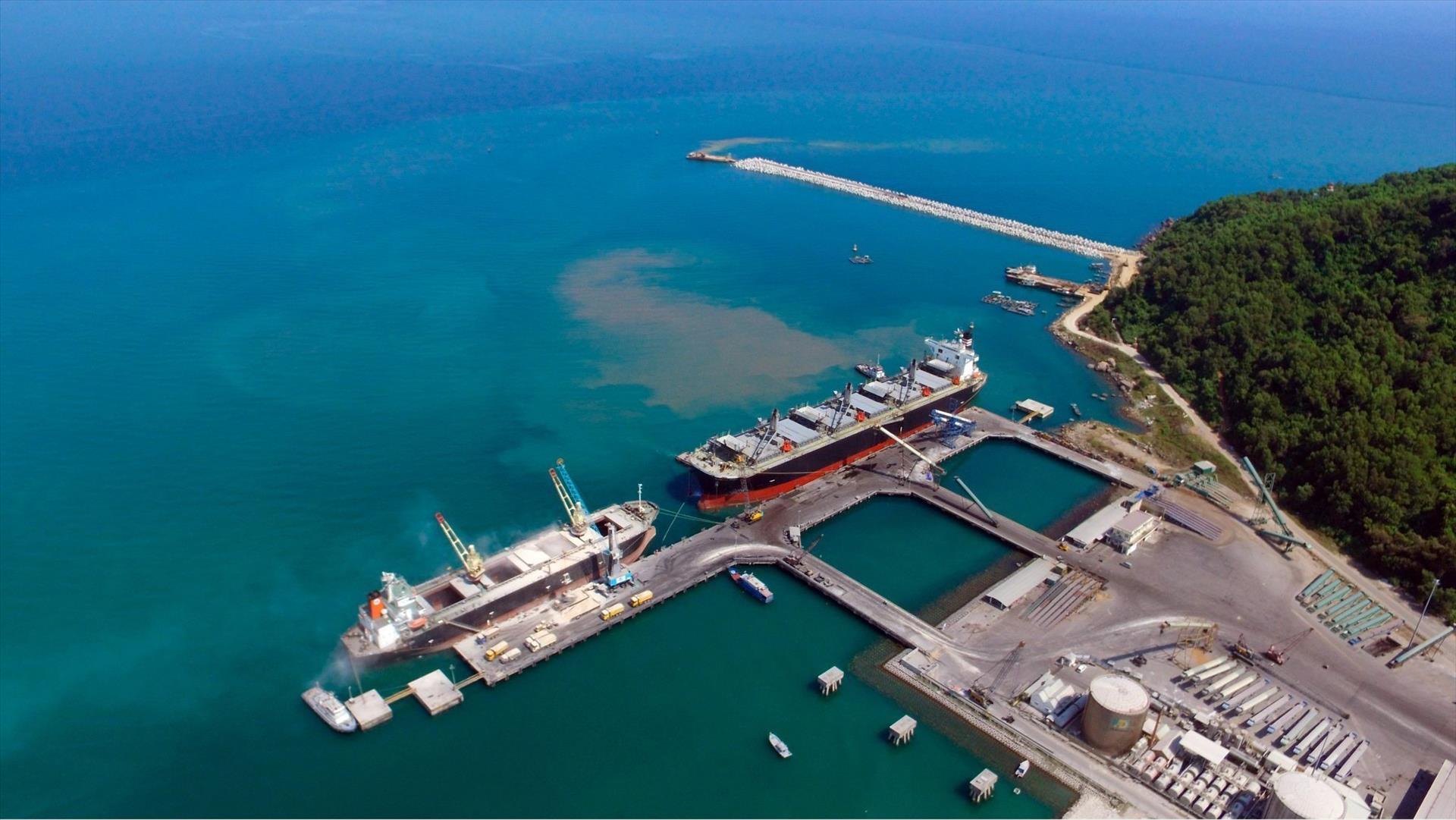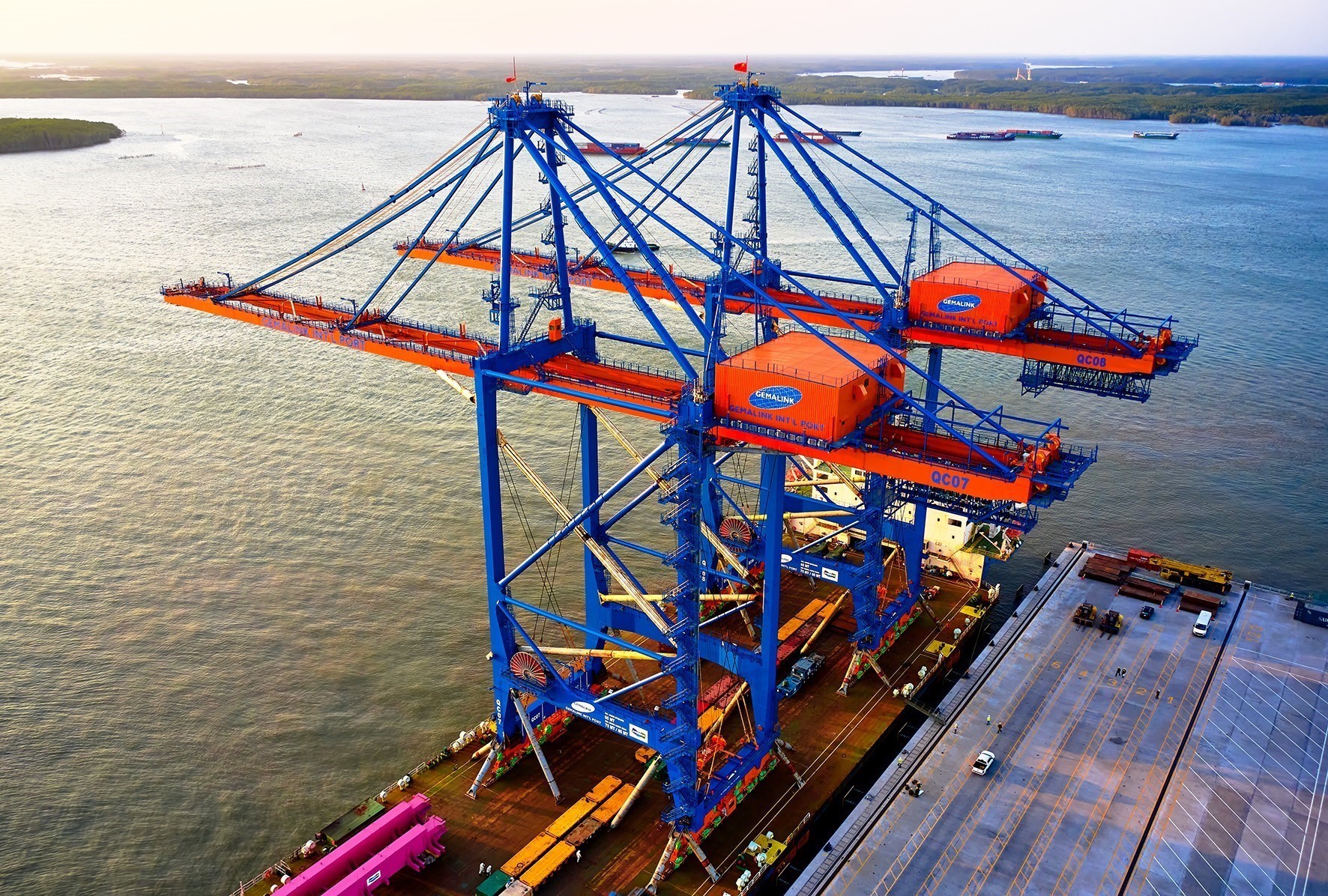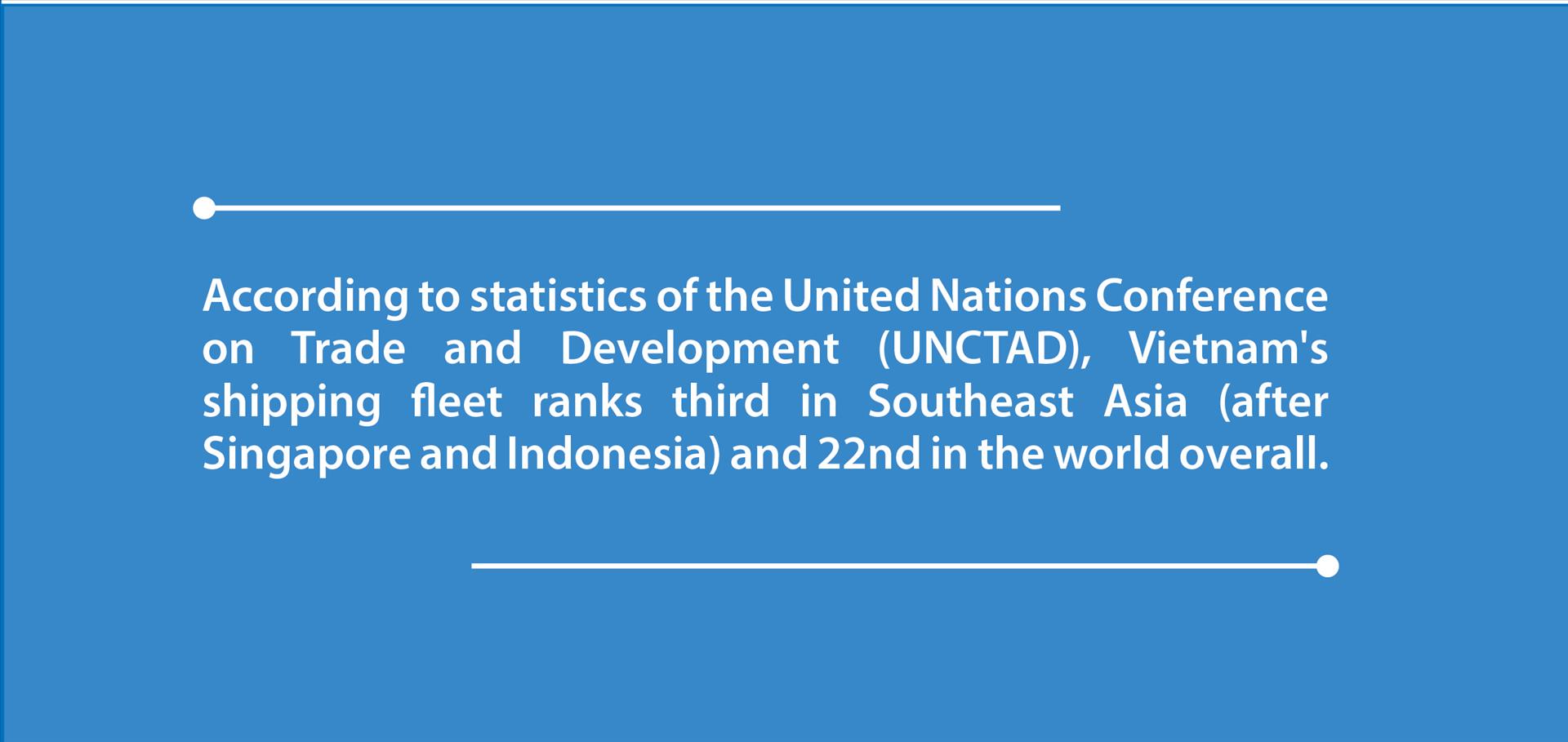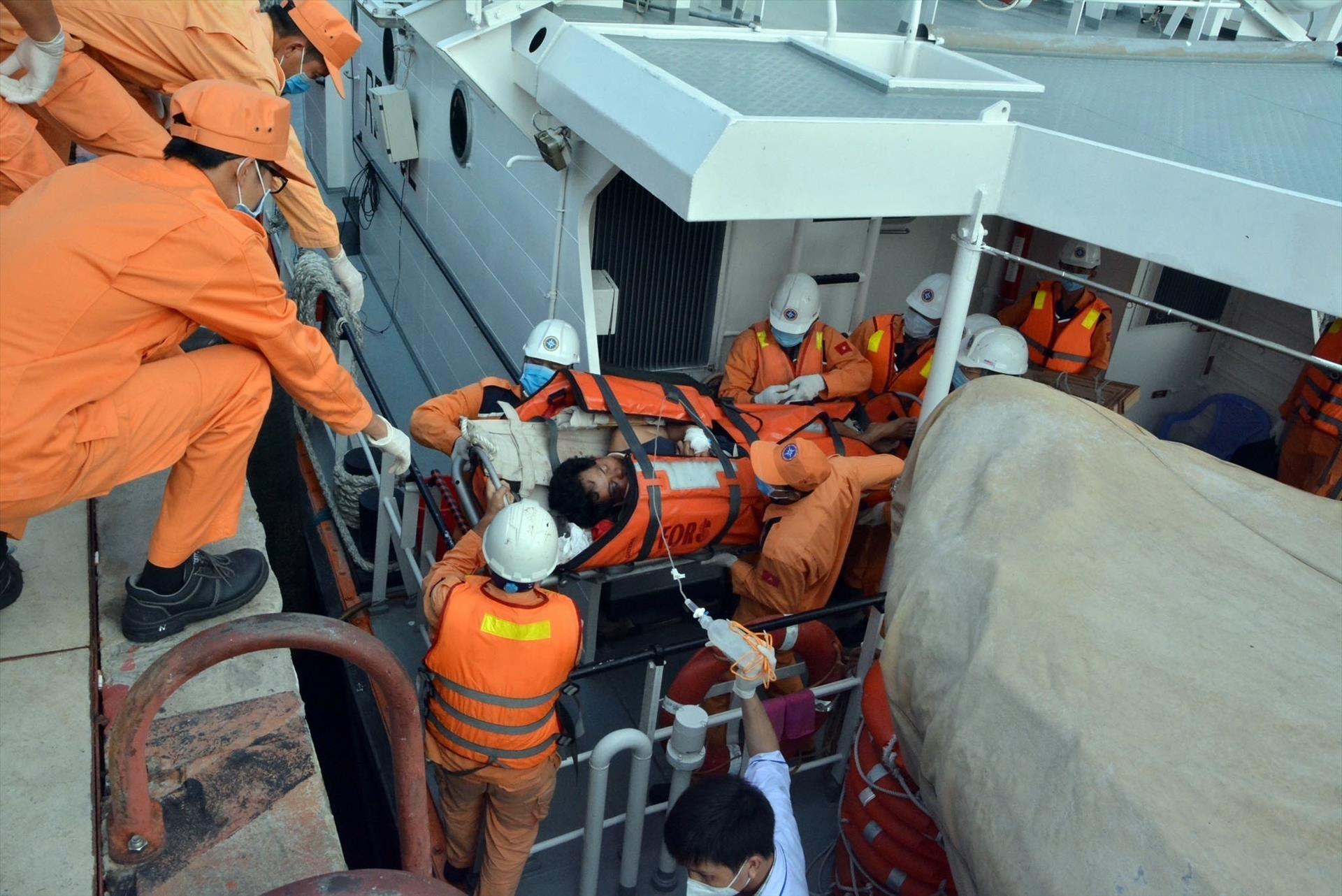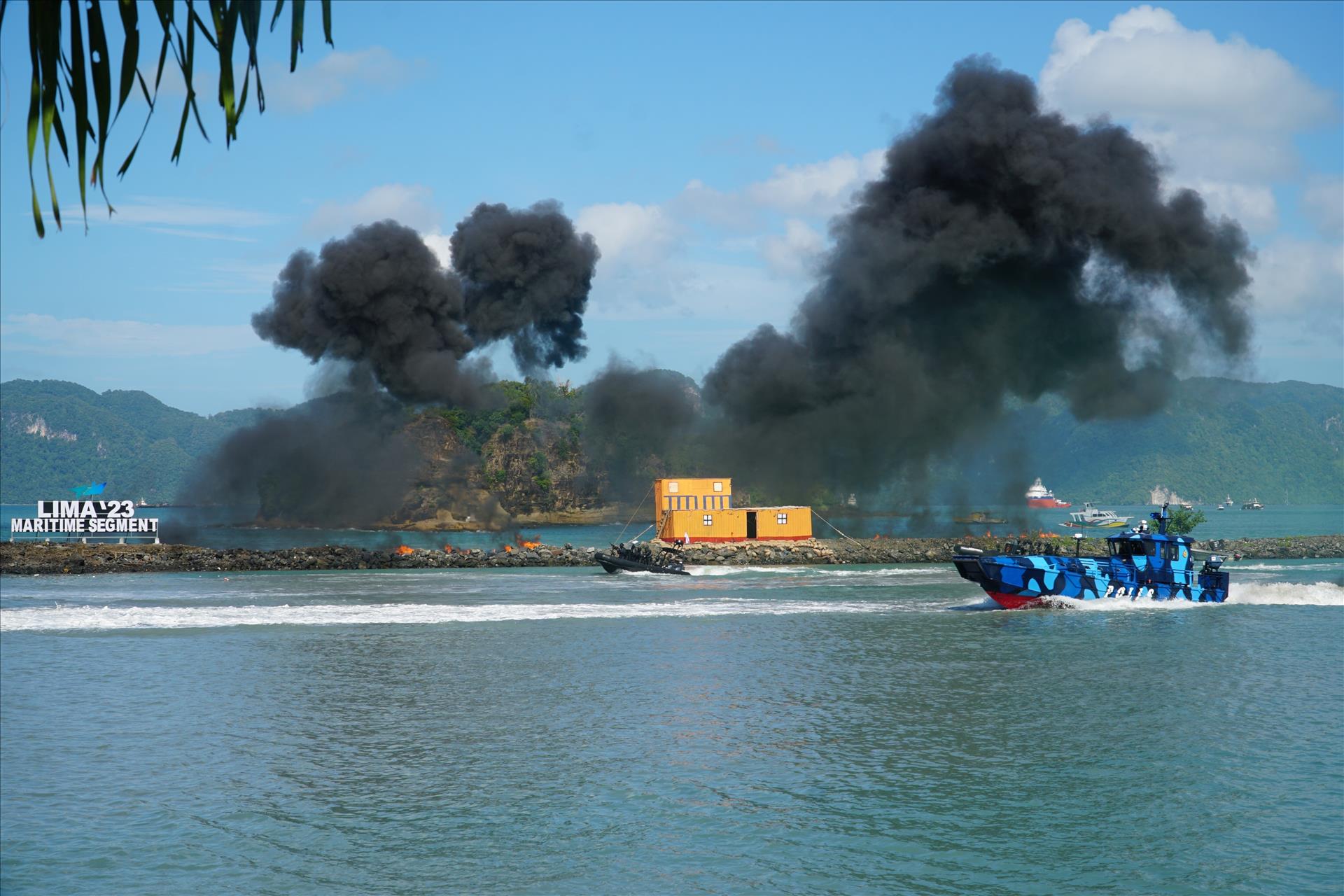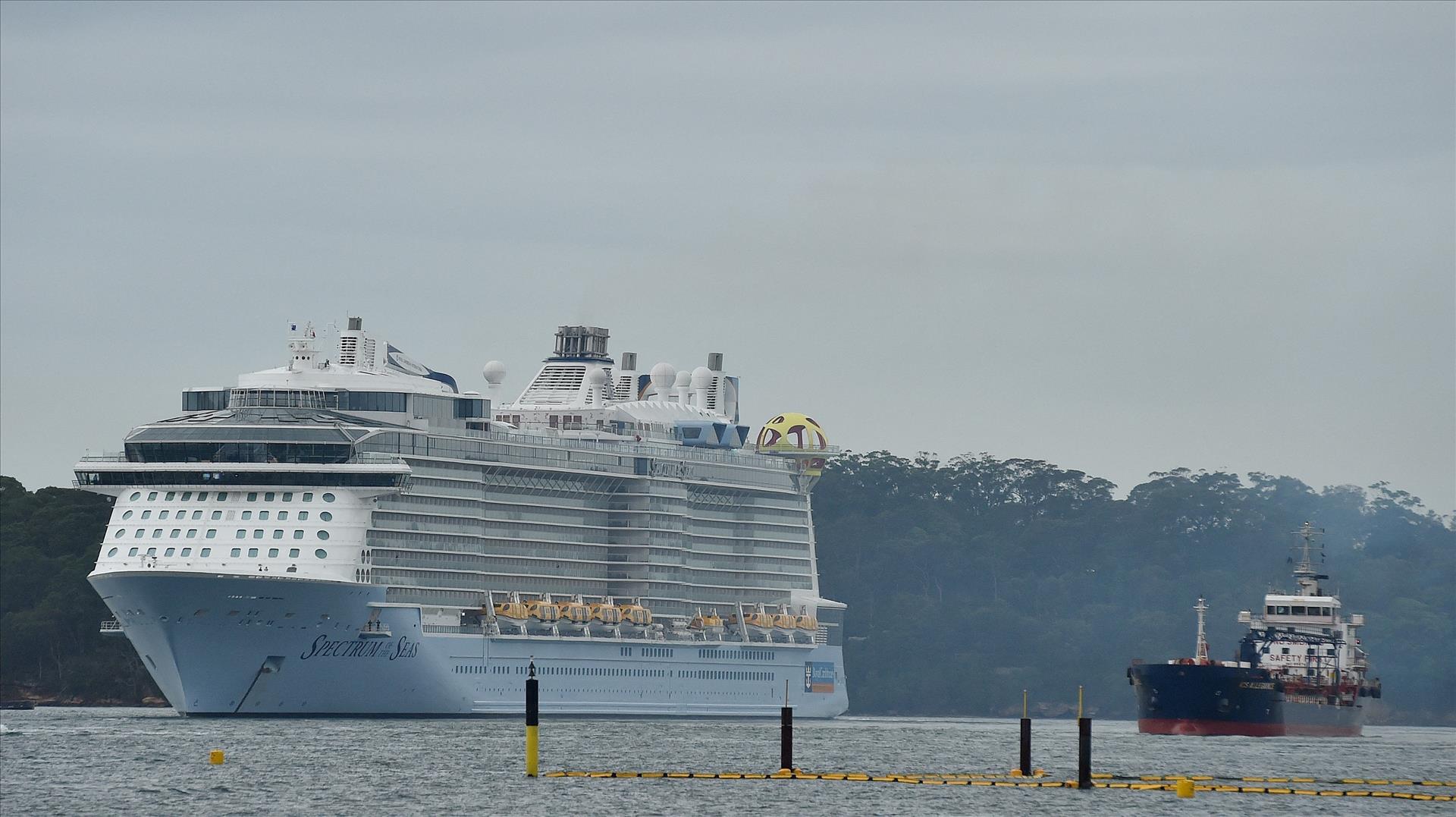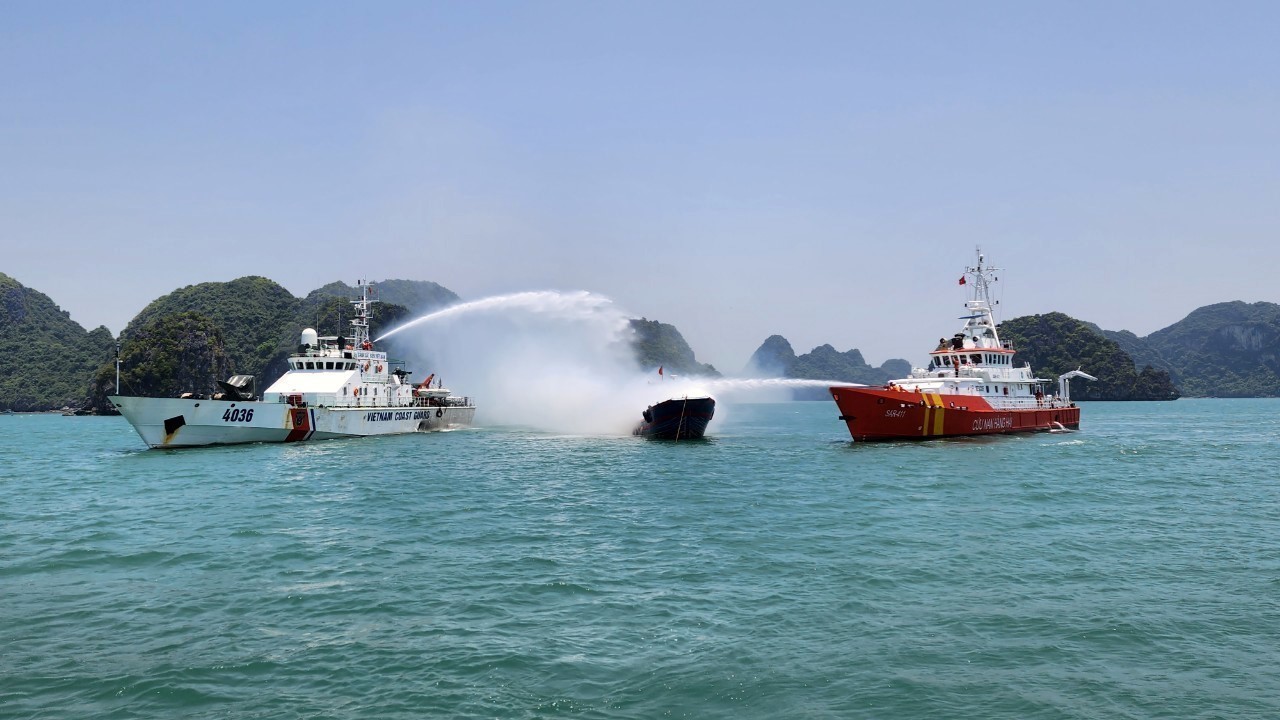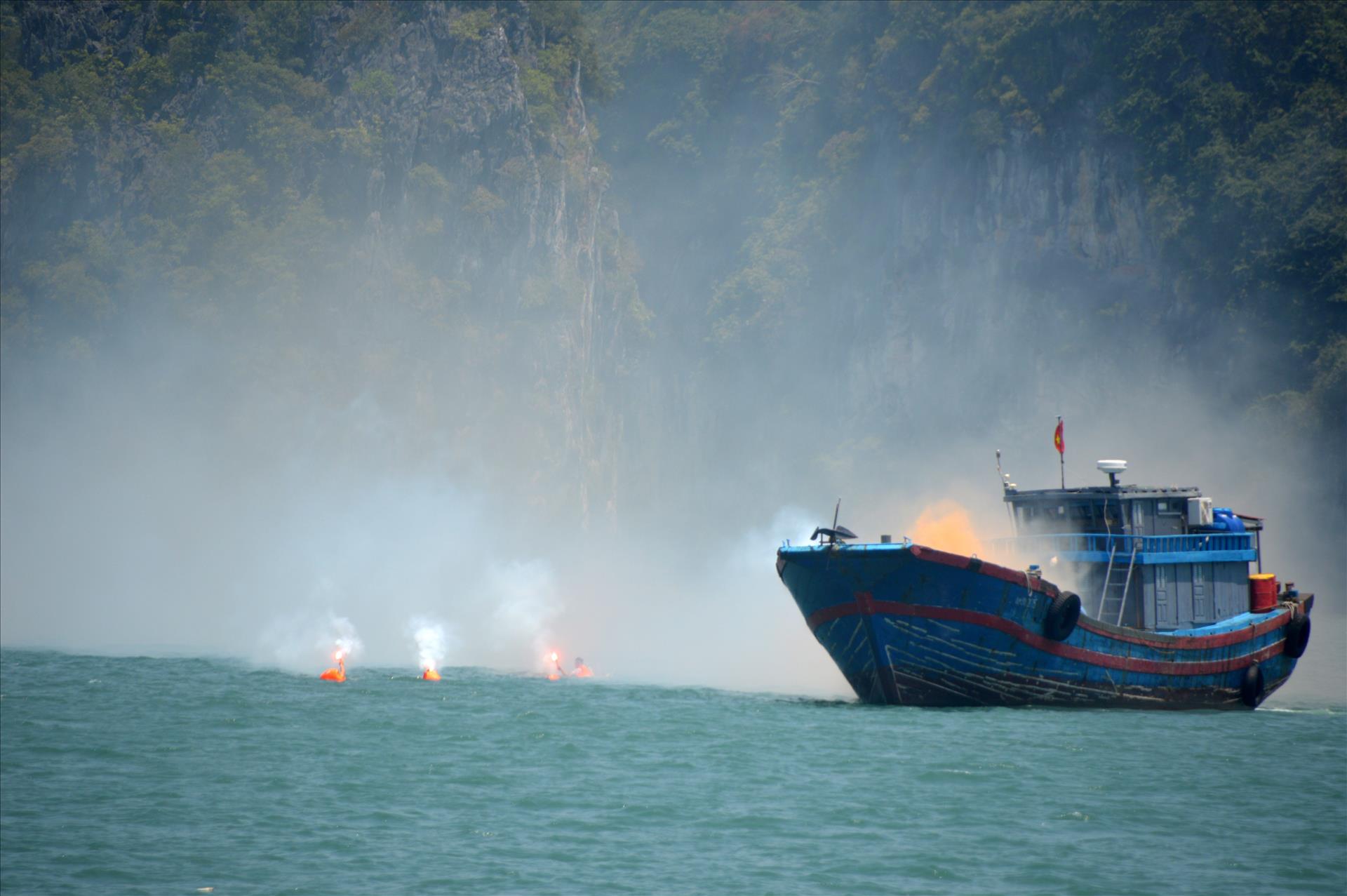Freedom of Navigation in the East Sea
The East Sea is not only a strategic area and a space for development and security of ASEAN’s member states, but also has an important economic position and is the "blood vessel" line of the Asia-Pacific region and the world.
The East Sea is located on the arterial maritime route connecting the Pacific Ocean with the Indian Ocean, Europe - Asia, and the Middle East - Asia. Therefore, it plays an extremely important role in global maritime trade.
The maritime routes through the East Sea are crucial for trade for many Asian countries with a trade value of about 5.3 trillion US dollars. According to statistics from the US Energy Agency, one-third of crude oil and more than half of liquefied petroleum gas are transported through the East Sea. The total amount of crude oil and liquefied petroleum gas transported through the sea is 15 times higher than that being transported through the Panama Canal.
Annually, about 70% of the volume of imported oil and about 45% of Japan's exports are transported through the East Sea. China has 29 out of 39 maritime routes and about 60% of import and export goods and 70% of imported oil are transported through the East Sea.
Vietnam, Thailand, the Philippines, Malaysia, Cambodia, Singapore, Indonesia, and Brunei are ASEAN countries bordering the East Sea. The volume of goods exported through the East Sea of Southeast Asian countries is 55%, newly industrialized countries is 26%, and Australia is 40%.
For Vietnam, 100% of imported and exported goods must go through the East Sea. Vietnam is a pioneer country in the region that has planned a synchronous seascape system for maritime trade. According to the Vietnam Maritime Administration, the country has 286 ports and the total length of wharfs has reached 96km with a total capacity of approximately 700 million tons/year. The seaport system is associated with major economic centers and regions of the country.
Recognizing the importance of freedom of navigation in the East Sea, at the 11th ASEAN Expanded Maritime Forum (EAMF), Indonesian Foreign Minister Retno Marsudi called on countries to strengthen maritime cooperation and comply with the international law, including the 1982 United Nations Convention on the Law of the Sea (UNCLOS) to maintain peace, security and stability in the Indo-Pacific.
The ASEAN Outlook on the Indo-Pacific (AOIP) also emphasizes the building of a "habit of cooperation" in the maritime domain. To cement the outlook, the first ASEAN Coast Guard Forum held in Indonesia in 2022 succeeded with the signing of an ASEAN Coast Guard Declaration.
Not only countries in the region, but major economies in the world also pay much attention to freedom of navigation in the East Sea. Scholar Terashima Hiroshi, former Chairman of the Ocean Policy Research Institute of Japan, has introduced strategies to approach the East Sea issue, such as strengthening dialogue and contact between relevant parties and between scholars to interpret, share the legal order, build a basic foundation for settling disputes at sea and maintain maritime security; and support ASEAN countries, especially the countries bordering the East Sea, to implement the 1982 United Nations Convention on the Law of the Sea (UNCLOS) and ensure maritime security.
Like Japan, India also asserts that the East Sea is very important for the economy and security of Asia as well as the world. Professor Jagannath Panda of the Indian Institute for Defense Studies and Analysis also proposed a solution for a maritime treaty between countries in the region, emphasizing freedom of navigation which is a factor that is deepening the economic and commercial relations between countries.
In an interview with a VNA reporter, Professor Gregory Moore of the University of Nottingham (UK) affirmed that countries claiming sovereignty in the East Sea need cooperation and dialogue to resolve the issue./.
Story: VNP
Photos: VNA
Translated by Hong Hanh
Designed by Trang Nhung
